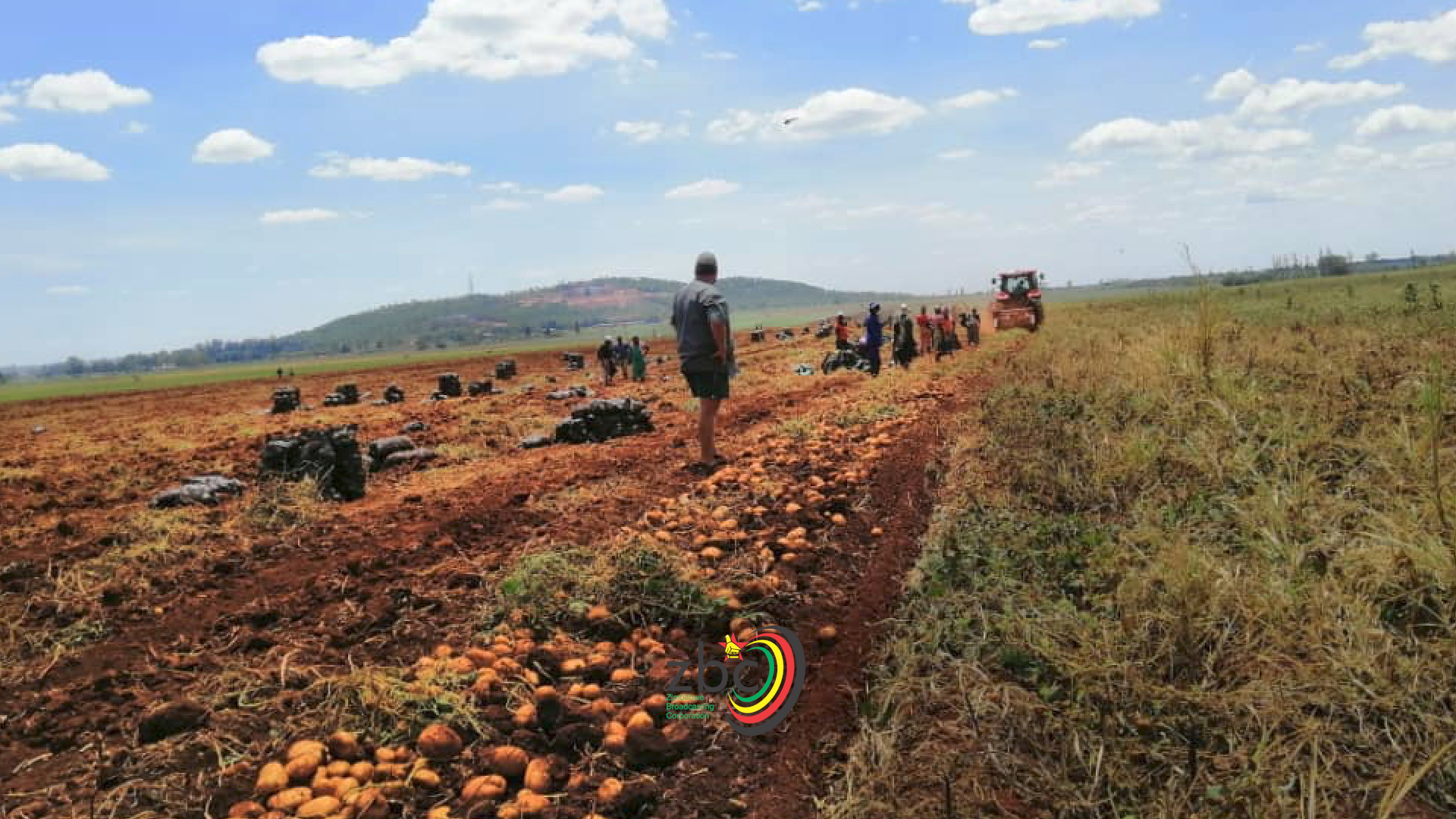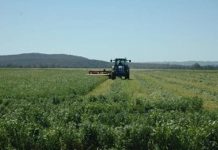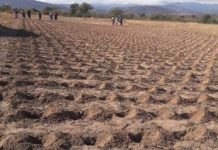Government has been urged to support potato farmers to ensure increased production, with research showing that strict adherence to requirements of production gives maximum yields.
Potatoes have emerged as the second most important crop to maize as a staple food. A potato farmer, Mr Sean Horsley of Glenara Estates says potato production helps in bridging the gap given the limited rains that have affected maize production.
“Potato is the next most important crop to maize and the production of potatoes helps in reducing imports of maize. However, it requires a lot of financial support to get the maximum yields,” highlighted Horsley.
Mr Horsley says potatoes require all the necessary technical support and inputs if the country is to increase production.
“You spray to prevent diseases and we pay attention to detail. It requires a lot of water and proper plant population. We had proper land preparation and we have managed to harvest a better yield,” he said.
Lands, Agriculture, Water and Rural Resettlement Minister, Retired Air Chief Marshal, Perrance Shiri recently toured the Glenara Estates and was impressed by potato production at the farm.
In 2012, the government declared potatoes a strategic food security crop to be included in input support schemes. In Zimbabwe potatoes are mostly grown in Nyanga, Manicaland but potato production has declined of late due to the high cost of inputs.
Nyanga district provides the potato seed around Zimbabwe because of low temperatures in that area. It costs about US$22 for a 3kg bag of seed and a hectare requires 60 to 80 bags.
Most common varieties grown in Zimbabwe include BPI, Amethyst, Mont Claire, Opal, Emerald, Jasper and Jacaranda. The yield of these varieties in winter and summer vary.
The potato summer crop is planted in November and harvested before the end of the rainy season. The first winter crop is planted between February and April so that it matures before the frost period. Later planting in Lowveld is recommended to take advantage of cooler weather. Both crops are affected by late blight, therefore growing resistant varieties is recommended.
The second winter crop is planted between late July and early August after the risk of frost has passed. The crop is usually free from late blight.
Most soils are suitable for potato production, but medium textured loamy soils with good organic matter are best. The soils should be fine, loose and without compacted layers that hinder root penetration.






